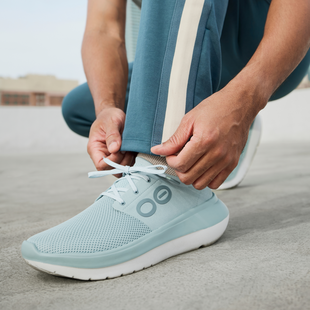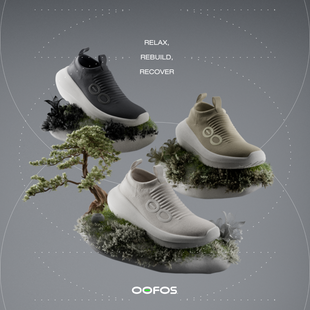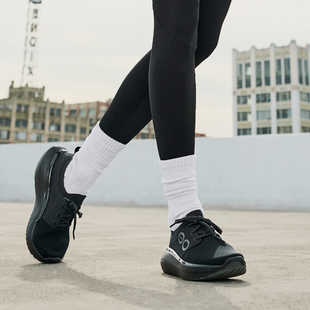A lot of how you approach each training session depends on how you recovered from the last one. Avoiding soreness and aches begins with recovery. If you find yourself sore and aching workout after workout, you might not be recovering to your best ability.
Here are some recovery tips to help you make the most of your spring training.
Hydrate With Electrolytes
Right after a long run or an intense workout you should be replenishing your body with fluids. Drinking water with an electrolyte mix or even just soaking cucumbers will help replace all the fluids you sweated out. The same goes for waking up after a night’s sleep. Having been inactive for eight hours, hydration can jumpstart your day in a big way.
Develop a simple, consistent stretch routine
Using your muscles means making them contract. Once you’re done working out, though, your muscles will want to continue retracting. This is can cause pain, tight tissue, and delays in recovery. Focus on stretching major muscle groups in your hips, quads, and calves. Then move on to smaller muscles groups if you continue to feel tightness.

Create a simple routine. Tell yourself "It'll only take 10 minutes" if it helps make it a habit.
Think twice about reaching for that second (or third) drink
Party times are fun times. But you know what’s not fun? Trying to run with what feel like two metal hoses for legs. Drinking and recovery do not mix. Recovery and relaxation certainly mix, and you may think to yourself, “I feel more relaxed when I have a drink.” But that drink does more than make you feel momentarily relaxed. It taxes your liver, increases inflammation, and can drastically slow your recovery time. Pace yourself, have your good time, AND feel good the next day. You don’t really need that next drink, anyway.
Use Clothes That Promote Muscle Recovery

Recovery can continue even after your cool-down, stretch, and shower. When you reach for clothes after your post-workout rinse, reach for clothing that can continue to help you recover. Compression pants, shirts, and sleeves help increase blood flow through muscles. The same is true for our OOFOS OO-foam technology, which provides more cushion to your feet, cradling your arch and relieving stress with limited impact on your feet, knees, and spine.
Roll Out Your Muscles
When it comes to recovery, the last thing you want is to have tight muscles. Stretching and massages help, but sometimes a massage is prohibitively expensive. A foam roller or a rolling stick is a great way to get the benefits of a massage without the expense. Work out painful knots and tension in your muscles at home on your own time with a roller or hard ball (lacrosse, softball, or otherwise).
Get Plenty of Sleep
All of this exercise adds a lot of stress to your muscles. The last thing you want to do is add more stress by skimping on sleep. Make sure you can dedicate at least 7 hours (if not 9) of your day to sleep; and consider taking a 15-30 minute power nap during the day as well. Also, take steps to make it as quality as possible: darken the room (unlike in this picture) and try to reduce the temperature if possible.

Drain Your Legs
Changing how blood flows throughout your body can drastically impact your ability to recover. Lay flat on your back and prop your legs up, vertically, against a wall. This drains blood out of your feet and legs, allowing fresh blood to circulate when you stand up. Think of it as resetting your blood flow.







